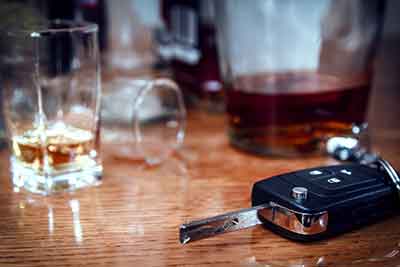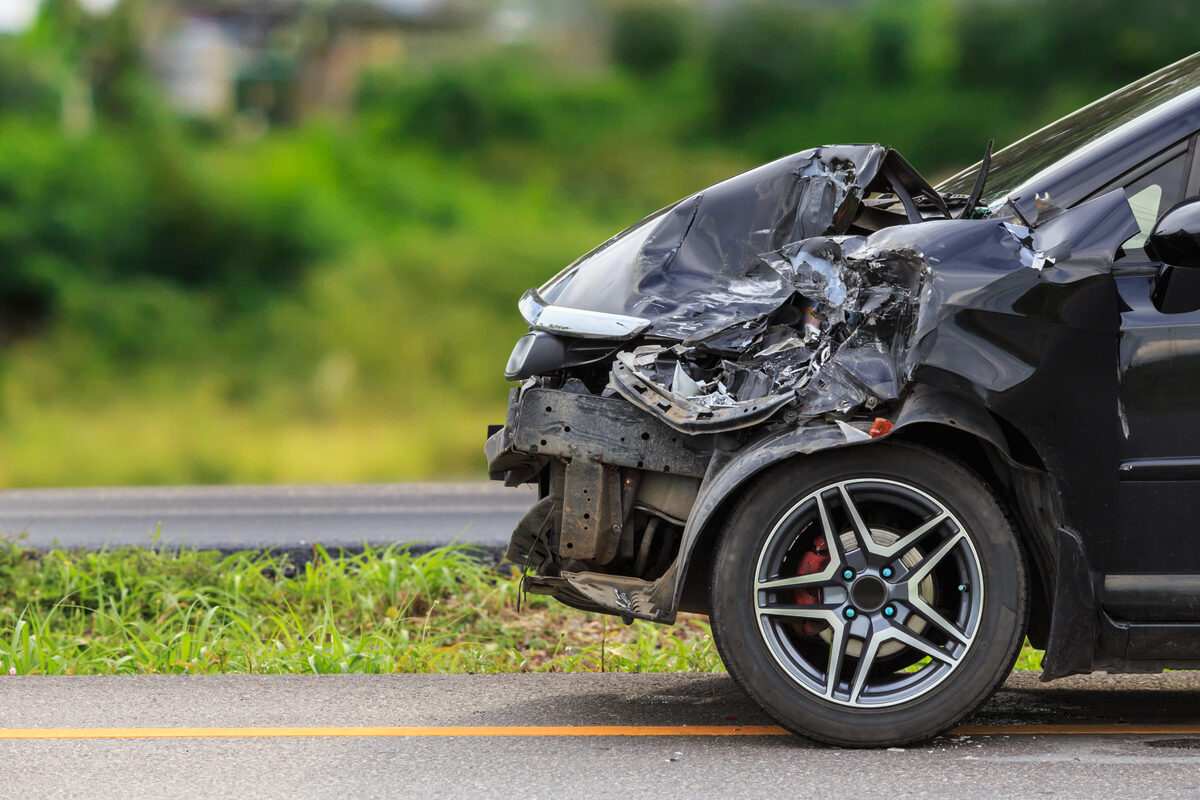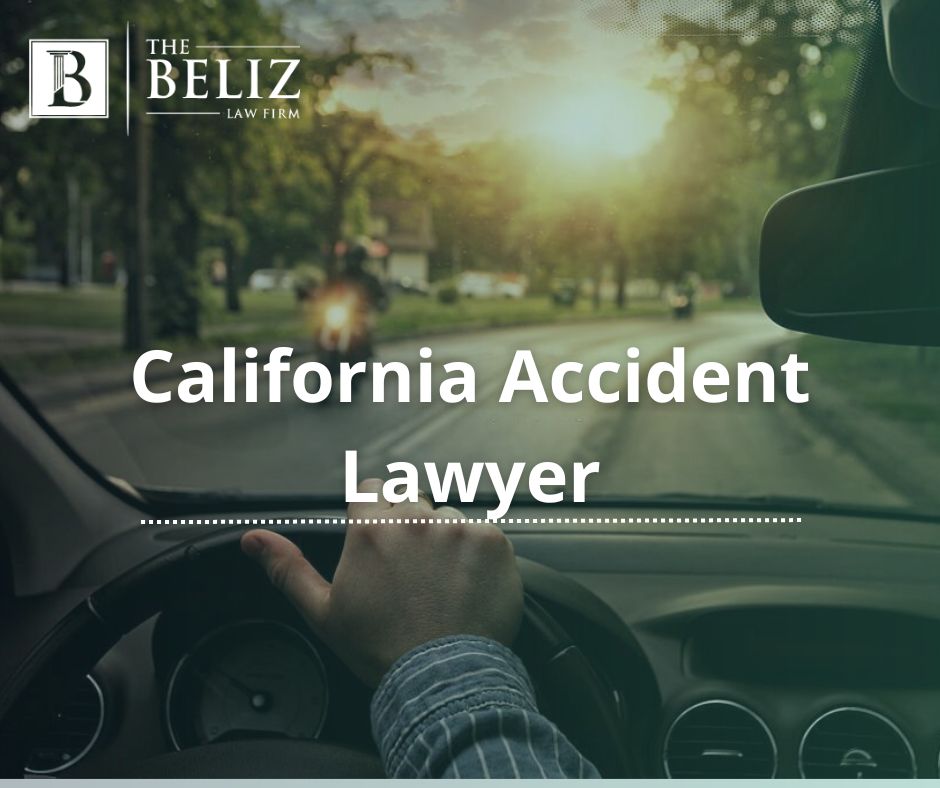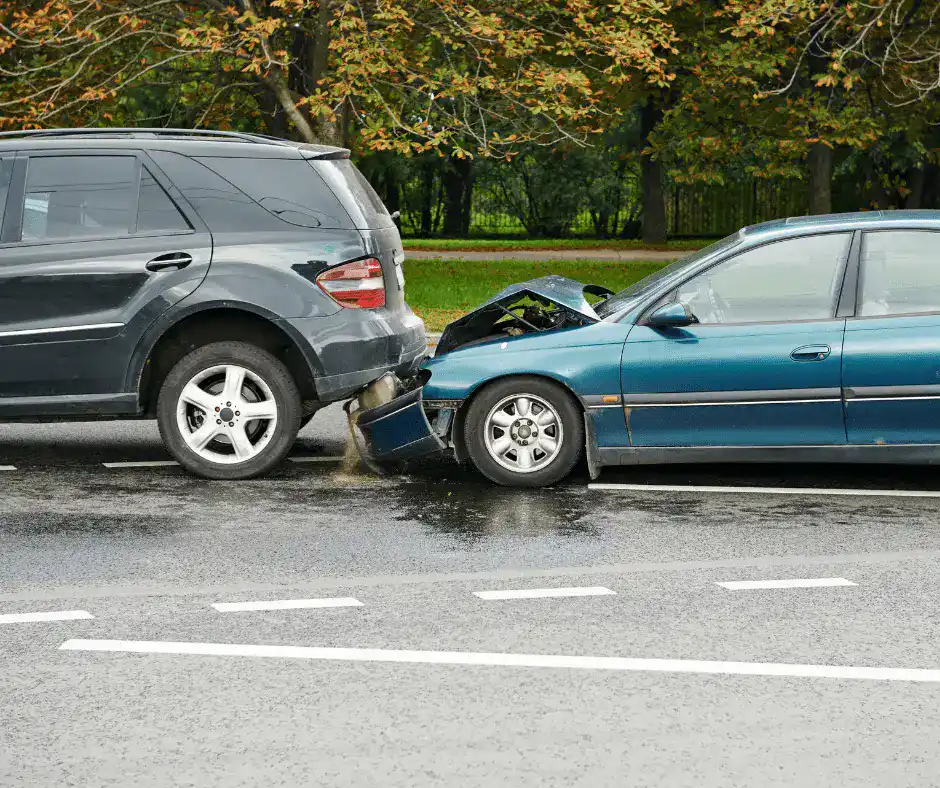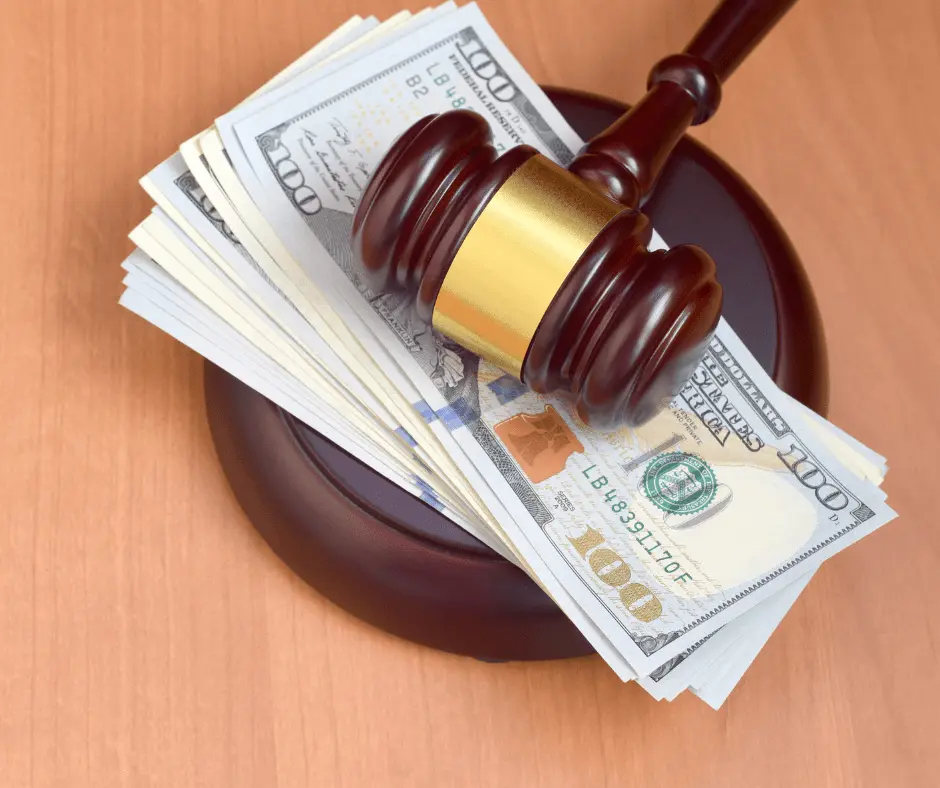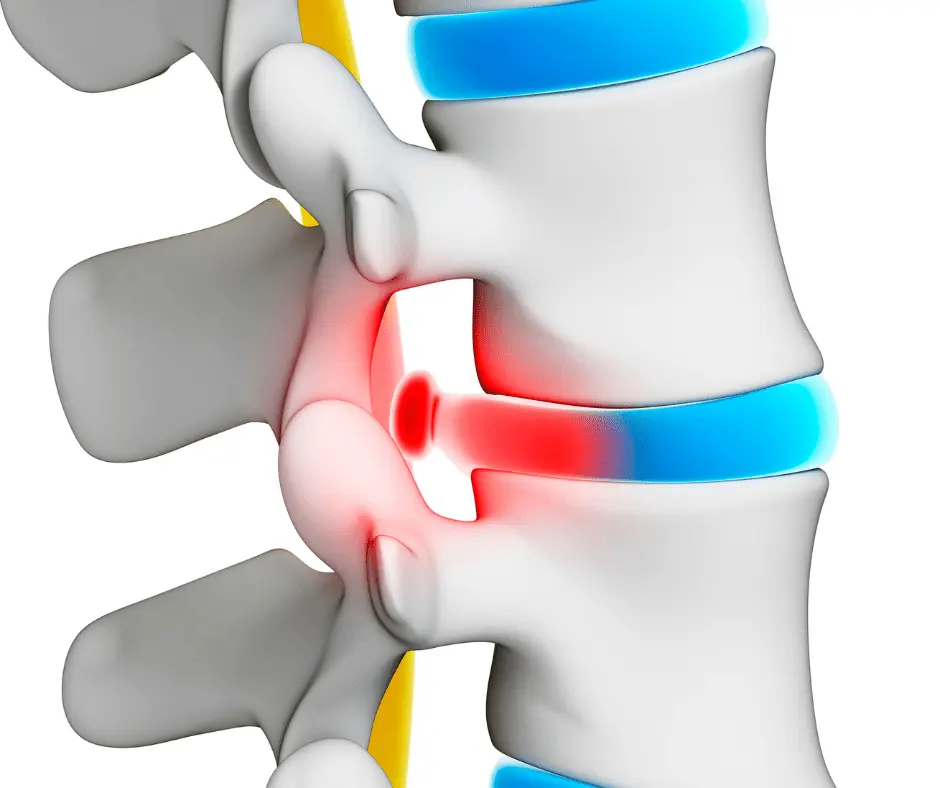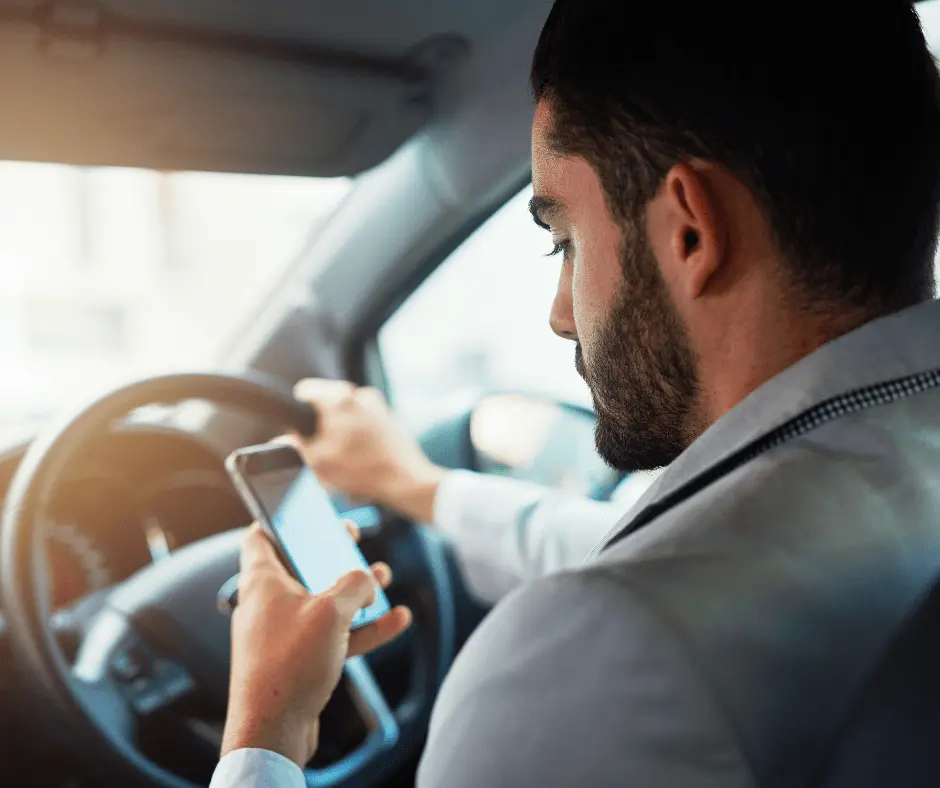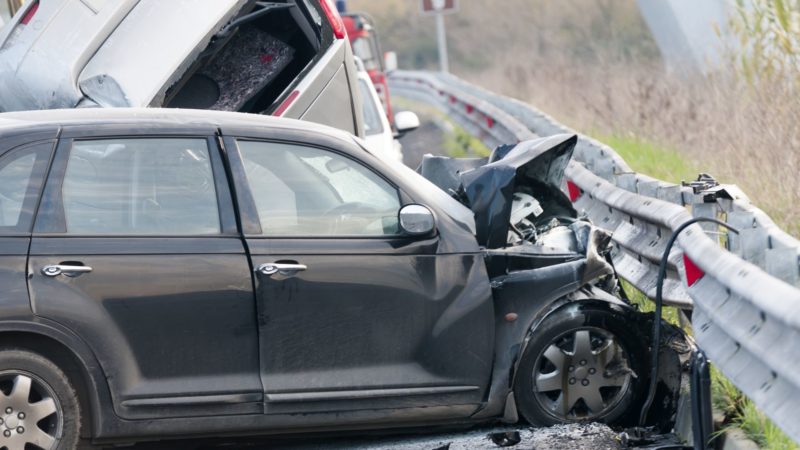 Car Accidents
Car Accidents
What to Do If You Are in a Bus Accident in California
Jul 27, 2024 | Read Time: 3 minutesBeing involved in a bus accident in California can be a traumatic and confusing experience. Understandably, victims have many questions after an accident, including what happens if a bus hits your car. Knowing what to do if you are in a bus accident is essential to protect yourself and your legal rights. This post will provide clear steps if you got hit by a bus, helping you confidently navigate the subsequent claims process. Step 1: Ensure Safety First Your primary concern should be safety in the immediate aftermath of a bus and car accident. Assess your surroundings and your physical condition. If it’s safe to do so, and you can move away from traffic and any potential hazards like leaking fuel or broken glass. Help others if you can, but remember to avoid moving anyone severely injured unless there is an immediate danger, as this could exacerbate their injuries. Step 2: Call for Emergency Assistance Once you’ve secured your safety and that of others, if possible, dial 911. Getting hit by a bus is serious, and reporting the accident to the authorities is crucial. Emergency services will provide the necessary medical care and secure the area. The arrival of the police is also important as they will document the scene, which is essential for insurance claims and potential legal actions. Be prepared to provide details about the accident, including the location and any injuries known at the time. Step 3: Document the Accident Scene After ensuring that help is on the way and you are in a safe location, start documenting the accident scene. Use your phone to take clear photographs of the entire scene, focusing on the bus, any other vehicles involved, and relevant road conditions. Capture images from different angles and include any visible damages and injuries. If safe, take note of the bus number, route information, and any signage or traffic signals nearby. Additionally, if there are witnesses, ask for their contact information—they could provide valuable testimonies later. Remember, these details can be crucial for your insurance claim and any legal action you decide to take. Step 4: Exchange Information While you should not discuss the details of the accident or admit fault, it is important to exchange contact and insurance information with all parties involved. Obtain the bus driver’s name, license number, and insurance details. Also, gather information from other drivers if there are multiple vehicles involved. If the accident involves a city bus, note down any identifying details of the bus and the contact information for the transit authority. This step is vital for ensuring all relevant parties are documented for future reference in your case. Step 5: Get Medical Attention Even if you do not feel immediate pain or see visible injuries, it is crucial to seek medical attention after a bus accident. Some injuries, such as soft tissue damage or internal bleeding, may not show symptoms immediately. Visit an emergency room or your primary care physician as soon as possible. Ensure that all medical evaluations and treatments are documented thoroughly. These records will be vital for your health recovery and as evidence of your injuries in legal claims or insurance settlements. Step 6: Notify Your Insurance After addressing immediate health concerns, contact your insurance company to report the accident if applicable. It’s essential to do this promptly, as most insurers have deadlines for when you need to report an accident. You may receive contact from another party’s insurance company. You can confirm the facts of the incident but refrain from making any statements about comparative liability or how the accident happened. These discussions should be handled by an attorney to avoid any statements that could be used against you in the claim process. Step 7: Consult with a Personal Injury Attorney Understanding what to do after a bus accident can be confusing, especially in an accident involving municipal transportation services. Consulting with a personal injury attorney who focuses on bus accidents is crucial. An experienced attorney can provide you with guidance on what to do if you are in a bus accident, help you understand your legal options, and represent your interests in dealings with insurance companies and legal proceedings. They will protect your rights and fight for adequate compensation for your injuries and losses. Contact The Beliz Law Firm If you have questions about what happens if a bus gets in an accident, please get in touch with The Beliz Law Firm. These accidents can have significant repercussions on your health and legal rights. Our experience handling complex bus accident cases ensures you receive the support and guidance needed to navigate this challenging time. Contact us today to discuss your case and explore your legal options. Let us put our nearly two decades of legal experience to work for you.
Continue Reading